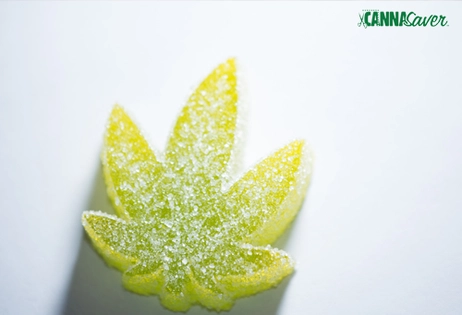
Spending time around cannabis is a much different thing when a dispensary is involved. As more and more states legalize cannabis, it occurred that many would-be legal or medical marijuana consumers and patients would have to learn the strains and products they are interested in and that provide the most benefit or experience. Naming weed strains is not always a good indicator for the experience or benefit, but in most cases, it can offer some clues.
In this guide, we provide an overview of the top five things that can impact the naming of a cannabis strain:
-
Genetics
-
Aroma
-
Color
-
The Year
-
The Region
How Weed Strains Are Named
There are hundreds if not thousands of different strains. Some can be informative and others exist to be random or silly. There are more clues in the names as to what you can expect from certain strains than most people realize. These clues allow patients and consumers to approximate the experience or benefit a particular strain will have.
The Genetics of the Weed Strain
Naming a strain most often comes from a reference to the genetics of the two parent plants. By crossing or splicing the genes of two-parent plants, more robust flavors, complimentary experiences or benefits, and, in several cases, can contain larger amounts of THC and/ or other cannabinoids.
For instance, several strains can be found with “Kush'' somewhere in their name. This acts as a sort of suffix that can tell you a few different things. Generally, these strains are descendants of a subset of Indica plants that originally grew in the Hindu Kush mountain ranges between Afghanistan and India. Strains with the “Kush” qualifier will generally be more on the Indica side of the spectrum, known to produce a relaxed, euphoric side experience.
This leads us to the question: What if a “Kush” strain was mixed with a Sativa strain, which is known for being energizing and uplifting. For example, the name of the strain “Lemon Kush” implies that both the strain has ‘“Kush” genetics, but that the strain Lemon G was crossed with it.
This allows the strain to take on, for some consumers and patients, a relaxing yet uplifting, focused experience. This is what is known as a hybrid strain.

The Aroma of the Strain
While we are on the topic of Lemon G, a Sativa strain, let’s begin the conversation on flavor as an aspect of naming a weed strain.
In the strain Lemon G, the strain is named based on genetics, with the “G” comes from the strain “G13” and the “Lemon” comes from an unknown cross strain. But what is also very apparent is that lemon is a citrus fruit. Just by association, one could deduce the strain will have a citrusy, lemon-like aroma.
While the aroma and flavor of a strain is entirely the work of the terpenes in the strain, these common associations to fruit, berries, and even candy are common in naming weed strains. And in most cases, you can smell and taste a bit of the fruit or food mentioned.
There are some less sweet-sounding strains as well. Sour, Diesel, Skunk, and Chem are common prefixes and suffixes of cannabis strains.
These are some of the most common modifiers used in naming cannabis strains, as they imply a blend of earthy, pungent, and a “definitely going to fill the room with some funky” aroma. Moreover, these terms are largely references to strain genetics and can be (accurately) used as a selling point due to potency. These strains generally carry a high THC content and a bit more of an uplifting effect than some other strains, whether they lean more on the Indica or Sativa side.
The Color of the Strain
Both genetics and terpenes impact the color of a strain. Color is not necessarily correlated to the aroma but can draw some inspiration. In the case of Grand Daddy Purple, known as “Grand Daddy Purp”, the leaves and buds are hued with the lush of lavender yet the aroma is something else entirely: a robust mix of earth, pepper, and berries or grape.
In naming weed strains, the color is among the top modifiers. It allows for easy visual differentiation and is generally unique to each strain. However, only certain strains express purple or blue characteristics.
The Year the Strain Was First Created
This is rare, but one popular strain that comes to mind is Pre-98 Bubba Kush. This hybrid strain utilizes the “Pre-98” to communicate to consumers and patients the strain has roots in cannabis history as one of the best strains around. While many strains consistently outmatch Pre-98 Bubba Kush, it is still a favored strain for its heavy body high and relaxing effect.
The Region the Strain Was Grown
Concerning “OG”, as is seen in California OG, OG Kush, and many other strains, the most commonly pointed reason for naming marijuana strains with “OG” is that landrace Afghani genetics were grown in the climate of California, managing to grow in a much different climate than the Afghan mountains.
Much like how wines, scotch, and other foods or beverages must be from a region to be considered authentic, OG is thought to explain the plants were not mountain-grown, as Afghani had been traditionally, but were “Ocean Grown”, relaying details, not about the strength of the strain, but the environment which it was grown.
A Blend Of Terms Make Up Modern Strain Names
As noted above, naming marijuana strains is often a blend of not only genetics but generally several other factors.
And other good news: YOU CAN BLEND YOUR VERY OWN MIXES OF STRAINS!
Whether choosing to grow your own or buying a few different strains of dry flower from a local dispensary to mix to your flavor, color, aroma, and effect preference is what the legal market for cannabis allows. So we encourage you to shop not just based on any one single quality, but on many of the above naming criteria.
Continue Reading






















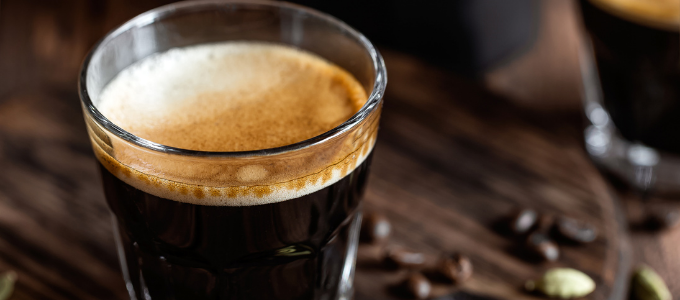









































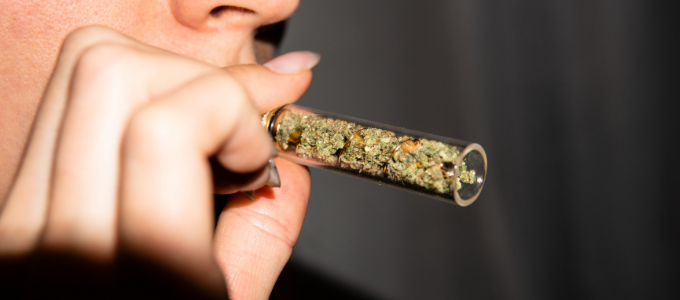










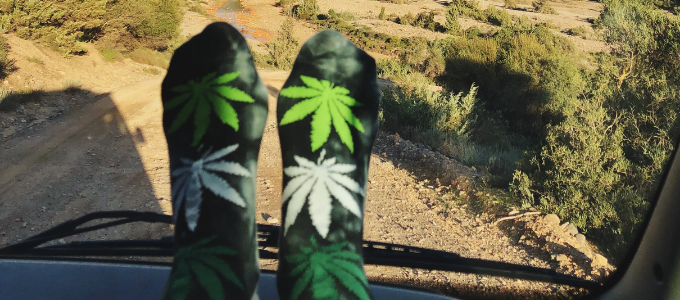




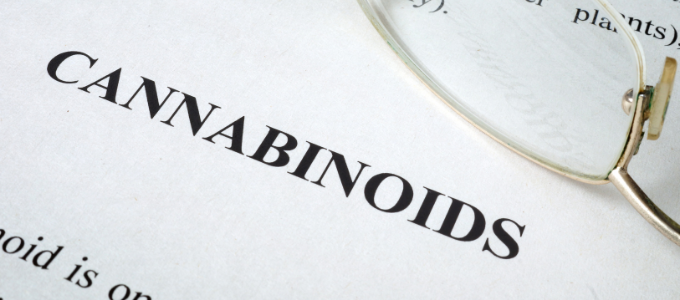







![(0.11g) Blackberry Mega Gummies [1:1 THC:CBN] 2pk 100mg | 1 Day | 962405 (0.11g) Blackberry Mega Gummies [1:1 THC:CBN] 2pk 100mg | 1 Day | 962405](/rails/active_storage/representations/proxy/eyJfcmFpbHMiOnsiZGF0YSI6Mjc4NjgxLCJwdXIiOiJibG9iX2lkIn19--68386e6ddeecdc834427065fb6615b050577996a/eyJfcmFpbHMiOnsiZGF0YSI6eyJmb3JtYXQiOiJwbmciLCJyZXNpemUiOiI0NjIgeCAzMTUiLCJjb252ZXJ0Ijoid2VicCJ9LCJwdXIiOiJ2YXJpYXRpb24ifX0=--d7c54d32abcb6ca24ad06932a0e70673da4d7d48/products_missing_image_cs.png)


![(0.11g) Blueberry Lemonade Pearl Gummies [1:3 THC:CBG] 2pk 20mg | 1 Day | 946207 (0.11g) Blueberry Lemonade Pearl Gummies [1:3 THC:CBG] 2pk 20mg | 1 Day | 946207](/rails/active_storage/representations/proxy/eyJfcmFpbHMiOnsiZGF0YSI6MzI0NDk4LCJwdXIiOiJibG9iX2lkIn19--21a42f6fdb7a5d31ac07819d3bf9b8f6abebb446/eyJfcmFpbHMiOnsiZGF0YSI6eyJmb3JtYXQiOiJwbmciLCJyZXNpemUiOiI0NjIgeCAzMTUiLCJjb252ZXJ0Ijoid2VicCJ9LCJwdXIiOiJ2YXJpYXRpb24ifX0=--d7c54d32abcb6ca24ad06932a0e70673da4d7d48/products_missing_image_cs.png)


![(2.83g) Black Sheep | 3P x Gushers | Flower | Hybrid | [2.83g] (2.83g) Black Sheep | 3P x Gushers | Flower | Hybrid | [2.83g]](/rails/active_storage/representations/proxy/eyJfcmFpbHMiOnsiZGF0YSI6MTA3ODMwLCJwdXIiOiJibG9iX2lkIn19--043110749b73d30d891c1675f613aa7a599ac78a/eyJfcmFpbHMiOnsiZGF0YSI6eyJmb3JtYXQiOiJqcGciLCJyZXNpemUiOiI0NjIgeCAzMTUiLCJjb252ZXJ0Ijoid2VicCJ9LCJwdXIiOiJ2YXJpYXRpb24ifX0=--4c2b017c858149e948c71bab98eeffb13053e24c/flower-stock-10-v1.jpg)
